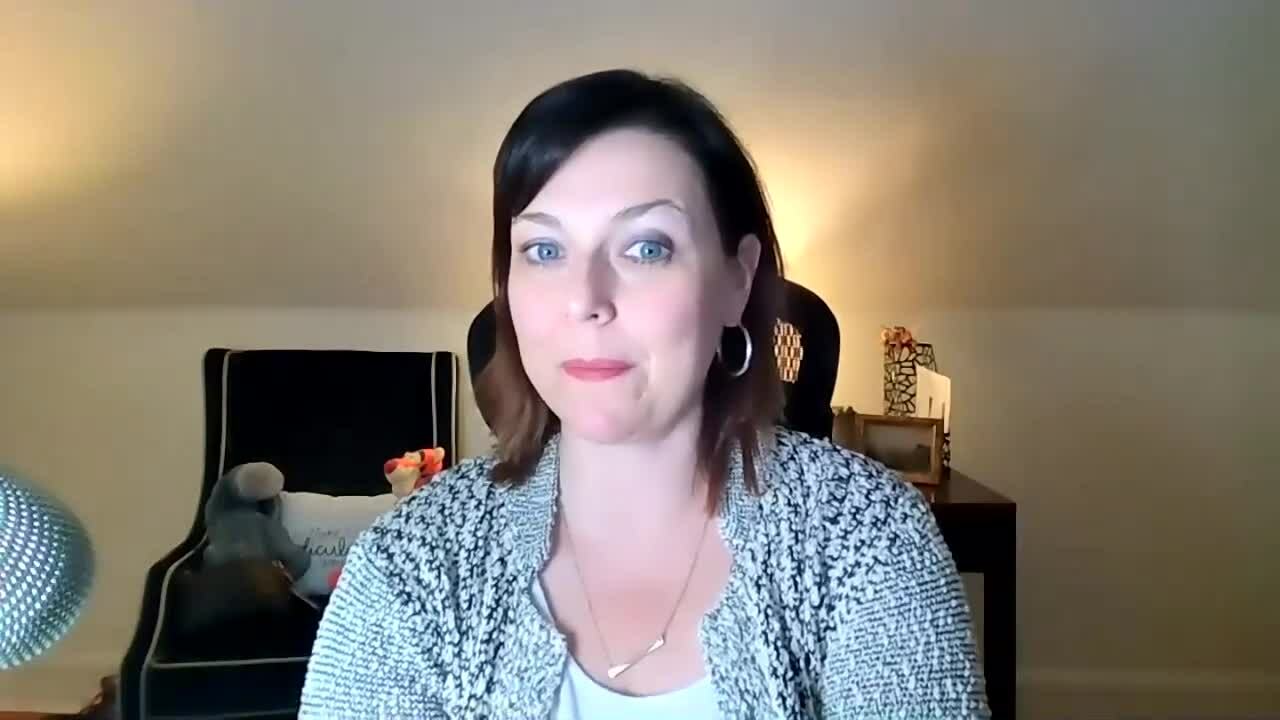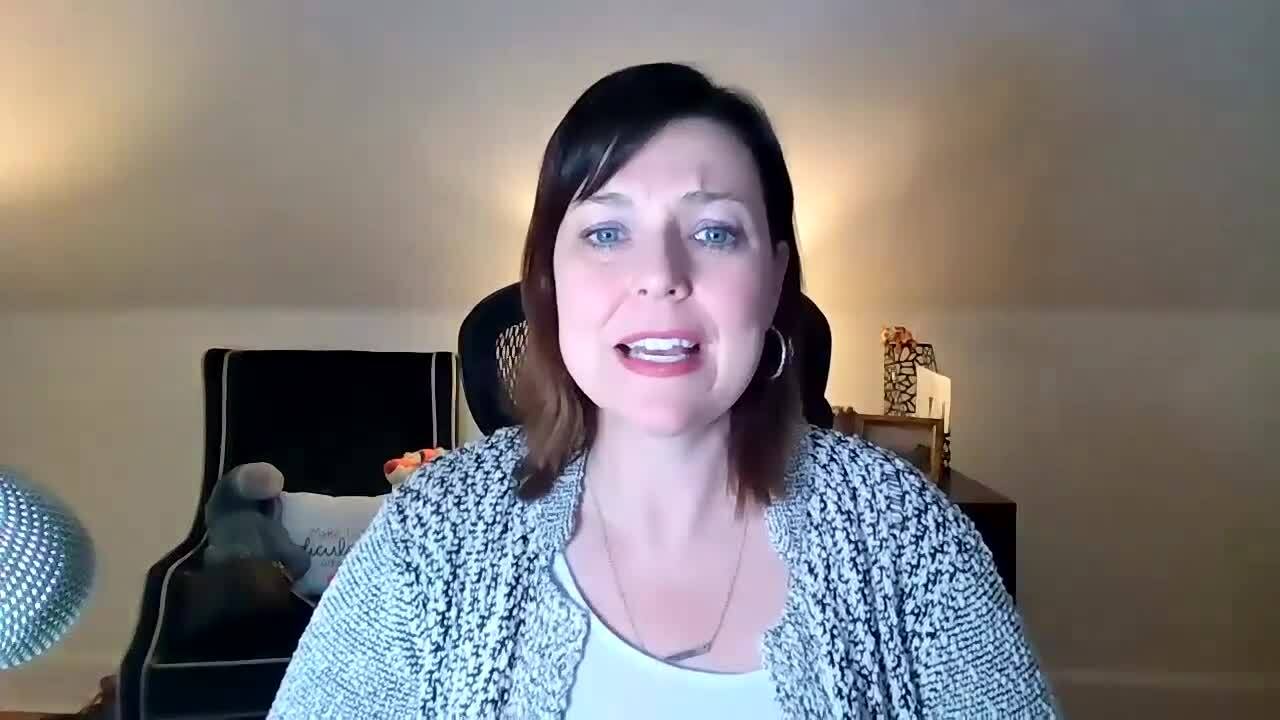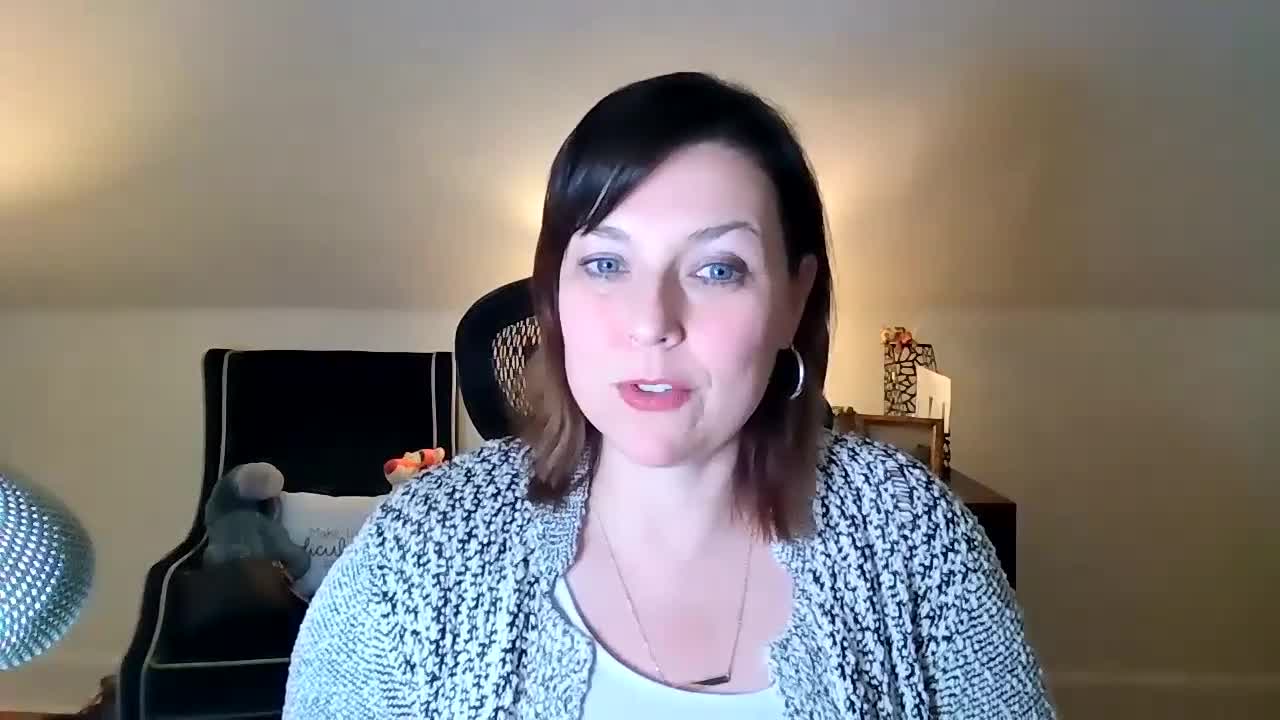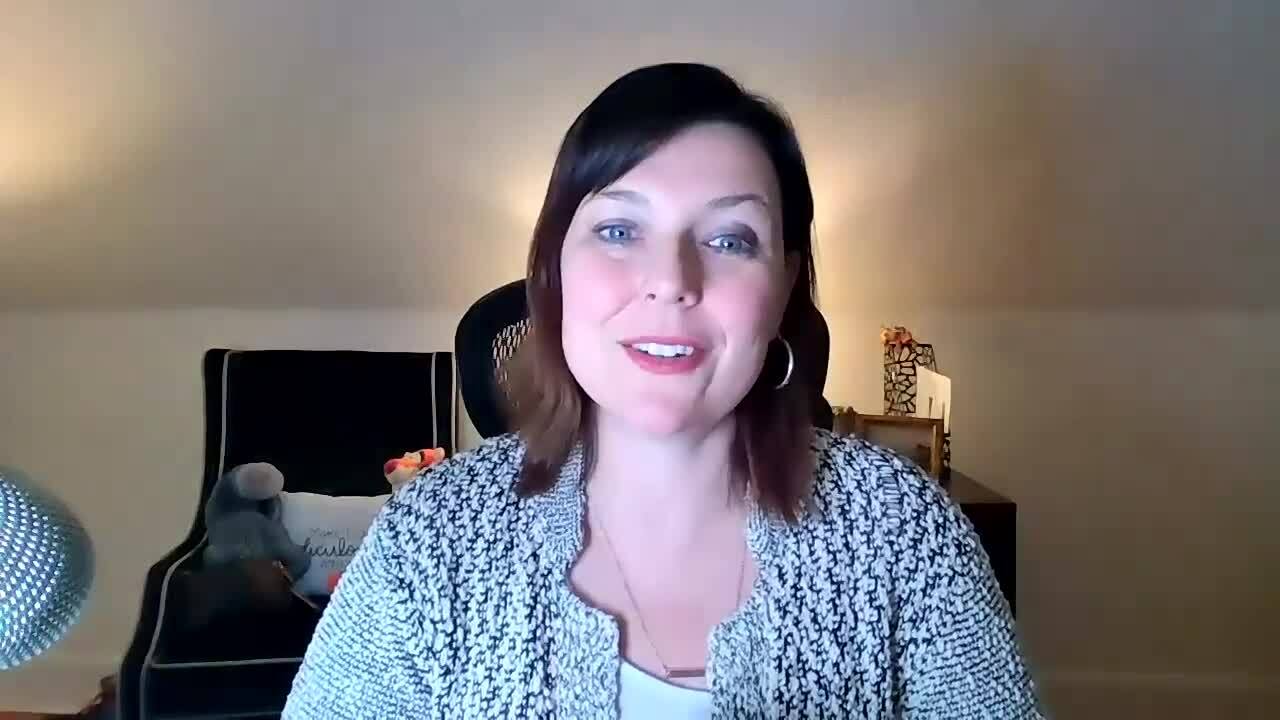Processes
HOW TO BUILD INSURANCE PROCESSES & PROCEDURES
THAT WORK FOR YOUR AGENCY


PROCESSES
Start With The Mission Of The Insurance Process
Sample Mission of Answering & Transferring Inbound Insurance Phone Calls
Desired Outcome Of The Process
Sample Desired Outcome of Answering & Transferring Inbound Insurance Phone Calls
Unacceptable Actions For The Process
Sample Unacceptable Actions for Answering & Transferring Phone Calls
Steps To Making Your Ridiculously Amazing For The Client
Sample Steps to Make Answering & Transferring a Phone Call Ridiculously Amazing for Your Client
The What If Situations For The Process
Sample What If Situations for Answering & Transferring Phone Calls
How We Track The Process
Sample How We Track Answering & Transferring Phone Calls
Parting Words

Insurance Agency Processes & Procedures
When conducting our agency assessments, we often find the 3 areas that insurance agency teams most want clarity on are: procedures, communication and identifying what their priorities should be. Since all three of these things go together, it is critically important that agencies move towards having a clear client experience driven by processes and procedures. We’ve found that the major hurdle stopping agencies from building the insurance processes their team needs is not knowing how to get started.
If your agency does have a procedure manual, the next questions are: is it being used and is the work being audited? This is the next hurdle. The best process guide in insurance, if left unused, is still pretty useless. Agency owners may feel it’s too black and white and that there may need to be wiggle room. Team members want a clear, black and white path to success, and if the process manual is nothing more than where to point and click, not enough is included on what the customer experience should be.
Agency Performance Partners has created the Insurance Agency Process Template. When executed in insurance agencies, it helps you not only build a customer experience, but also earn adoption by all levels of your team. We should note that process documentation in insurance agencies should not be a one time thing. Processes should consistently evolve as the agency finds new speed bumps along the way. Finally, if your insurance agency is looking to build processes, we strongly recommend you find a place to host them that is not a Word document. Your agency’s procedures should be searchable, and everyone should have the ability to leave comments, questions and feedback. This will allow other people to see how to proceed and make your procedure a living and breathing part of the agency.
As we walk through building a process for your agency, we’ve selected as an example one process we often get messages about — how to transfer and pick up phone calls in insurance agencies without a lot of pushback. Seems simple, right? You will see how we chose to tackle this challenge as we walk through building the process.
Start with the mission
OF THE INSURANCE PROCESS
It may seem a bit funny to think about the mission of an insurance process. However, a mission helps clarify why the procedure exists and what is it here to do. Too often in insurance agencies we see account managers and insurance agents focus on the task rather than the outcome.

The task is changing a vehicle, but the outcome is to make sure the client understands their insurance options and leaves with a clear understanding of how they are protecting their new vehicle.
The mission can also explain what the benefit is to the client and to the agency. By executing on this one process, how can we improve the agency and the client today? This could be by increasing premium to the agency or leaving the client better educated about their insurance.
Sample Mission of Answering & Transferring Inbound Insurance Phone Calls
When a client calls in, it is our mission to impress them and make this the best call of their day. We know many people do not look forward to talking about insurance, but our interaction with them can change that. The caller is not an interruption. Callers are the reason we exist.

desired outcome
OF THE PROCESS
This is not where we break down the steps. That is coming. This can be compared to telling the story to a commercial underwriter. You don’t just send over the documents — sometimes you need to create a vision first.
By outlining the desired outcome, you allow your entire agency to see the beginning, middle and end of the process. Many insurance agents have a tendency to get into the weeds, but trust me, we will have plenty of time for that later! Before we dive into that, we need to make sure everyone sees the bigger picture of the ideal outcome and understands everyone’s role and responsibility in the insurance process. Here is our sample from the transferring phone calls process.
Sample Desired Outcome of Answering & Transferring Inbound Insurance Phone Calls
When a client calls in, we answer the phone in no more than two rings with a positive and enthusiastic standard greeting. Our goal is to understand the client’s request so we can get them to the best person to handle their need. This may not always be who they are requesting. Doing a great job is defending team members’ responsibilities and making sure that the calls get to the best person to handle their need as quickly as possible. When we transfer a call, we conduct a warm transfer which is alerting the person taking the call who is on the line and their request. Team members receiving the call will do so willingly and remember the caller is the reason we exist and not an interruption, and that the person transferring the call is actively performing their role on the team. If the desired person is not available, the caller can leave them a voicemail. The expectation is that the call will be returned the same day.
unacceptable actions
FOR THE PROCESS
We don’t want to make insurance processes outright negative, however, it is an important step to outline some boundaries in the process. In fact, in working with insurance agencies we often find that this is what is missing from processes.

These are the things that leadership and ownership think are common sense, but there has never really been a great place to list these pitfalls — until now!
This is one of the sections that should be routinely updated as new wrinkles arise. Oftentimes these are the little things that happen when team members feel rushed. You want to make a clear statement to the team that they just are not acceptable. When you come across an issue, it’s a great opportunity to review the insurance process and have a team meeting to update the documentation and share it with everyone. Remember, no one should be in trouble if there’s an issue of documentation being unclear.
Sample Unacceptable Actions for Answering & Transferring Phone Calls
- When accepting a transferred call, being snarky to the person transferring the call
- Not finding out what the call is regarding and taking an order from the client rather than giving them the best experience by finding the right person
- Allowing the phone to ring more than 2 times. Even if the person normally responsible for answering the phone is on another call, anyone can pick up the phone and assist our paying clients.
- Answering the phone unenthusiastically
- Not using our defined greeting
- Not returning a phone call the same day. You can let them know you received the call and are working on it. You do not have to have a solution then and there.

steps to making your process
RIDICULOUSLY AMAZING FOR THE CLIENT
Now this is where we get into the details of the process. We recommend this be in an outline form so people can see each step and what to do if there is decision-making that needs to be applied to the process.
You need enough detail to get the job done and limit any questions. You may have some team members who tend to be very black and white, and they will appreciate the detail.
However, you also want to make sure you indicate times where someone may need to deviate from the process. This is another area where when things come up, you can keep modifying and clarifying the insurance process for your team.
Some agencies will ask for team feedback on the process. We advocate that processes be a team approach, but there absolutely must be a final decision maker. In our Agency Process Packs we have some of these processes already done for you, so all you have to do is modify our completed template. This is a great starting place if your agency is unsure where to begin or what the best practices are of an insurance process. We also recommend that you conduct your own research and that your team keep an open mind. You don’t want your insurance processes to be limited to your narrow scope.
Sample Steps to Make Answering & Transferring a Phone Call Ridiculously Amazing for Your Client
- Call is received into the agency.
- The call is picked up live by a person in under 2 rings. Here is the chain of who should be answering:
- Director of First Impressions
- Team Member 1
- Team Member 2
- Team Member 3
- Team Member 4
- The agency’s phone greeting is: Thank you for calling AGENCY NAME, how can I make this the best call of your day?
- Allow the caller to respond.
- If the caller responds with their request, transfer them to the correct person following the steps below.
- If the caller asks for a certain person, let them know that they are assisting another customer and ask again what they are calling about.
- If they only want to speak to that person, ask them to wait a bit and pull up their account in the management system to review recent notes.
- Ask the client if their call is regarding the most recent activity (if there is any).
- Based on their response determine if someone else can help them.
- If not place them in the agent’s voicemail.
- When transferring the call, find the team member who is best suited to take the call.
- Get the team member on the line.
- Alert them of the caller’s name and request.
- Warm transfer the caller to the agent.
- For the agent receiving the call:
- Graciously take the call — even if it’s a difficult customer or you are in the middle of something.
- While the call is coming in, pull up the account in the management system so you are ready to take the call.
- Warmly greet the caller so they do not have to repeat themselves.
This is important because now the team has directives if the leader is unavailable to step in. This also makes the leader’s role much easier since the playbook is already written. When a new scenario arises, all too often emotions come into play and we don’t think clearly on what the best solution may be.
Again, this area can be consistently updated as well. When a new situation arises (and you know it will), sit down with the team and rewind what happened. Identify if there was anything that could have been done to prevent the hairball and clearly identify what to do if it happens again. No matter how one-off the situation may be, document it. You just never know when you may need to review it. Remember, the idea is to empower your team with a plan rather than having them scramble.
Sample What If Situations for Answering & Transferring Phone Calls
- If the receptionist is out, we will divide up the front desk between shifts of people. X Team Leader will handle assigning times.
- If a client is particularly adamant about speaking to a certain person and does not want to disclose what they are looking for, you can place them in the team member’s voicemail.
- The owner of the agency is always in a meeting as a method to screen sales calls.
- If there is no one to take a new business lead, take out the quote sheet and start gathering information.
- If no one is available in a certain department, you can use the intercom or chat to see if someone will be wrapping up a call or is away from their desk and can get back to the caller later.
How We Track the Process
This is the final step in creating a great insurance process, however, it may be the most critical. One thing that we see severely lacking in insurance agencies is the sharing of data and accountability. Tracking helps us all see our blind spots and weaknesses. As a leader you can use tracking to strengthen the process, and as a team member tracking allows you to know if you are on or off the right track.
The tracking really does fall on the agency leader’s shoulders. Point blank — you can’t be too busy to check in on what your team is doing. When your team knows you are watching, the outcome is much different. When you set the expectation of what your part in tracking is going to be, but then you get too busy to do it, it’s very easy for them to use that same excuse against you. As you build your processes, we recommend you create reminders for yourself on your commitment to track the insurance processes and coach your team on them. When you don’t do this, you will find yourself constantly in firefighter mode rather than stopping fires before they begin.
Sample How We Track Answering & Transferring Phone Calls
Every month we will review a sample of calls and share examples of our team being Ridiculously Amazing at this process. If anyone needs more encouragement, we will meet with them individually to review the process and see where we can improve.
Parting Words
Building processes for your insurance agency may seem overwhelming, but they really are the plan your team needs. If you are stuck putting out fires all the time, insurance processes and procedures are the solution. You may have concerns about time, team buy-in or where to begin. It’s ok. We are here to help you! You can check out our pre-made processes to give you a start or look at our Agency Performance Program where we go through all of this over 2 years to make your agency Ridiculously Amazing!




